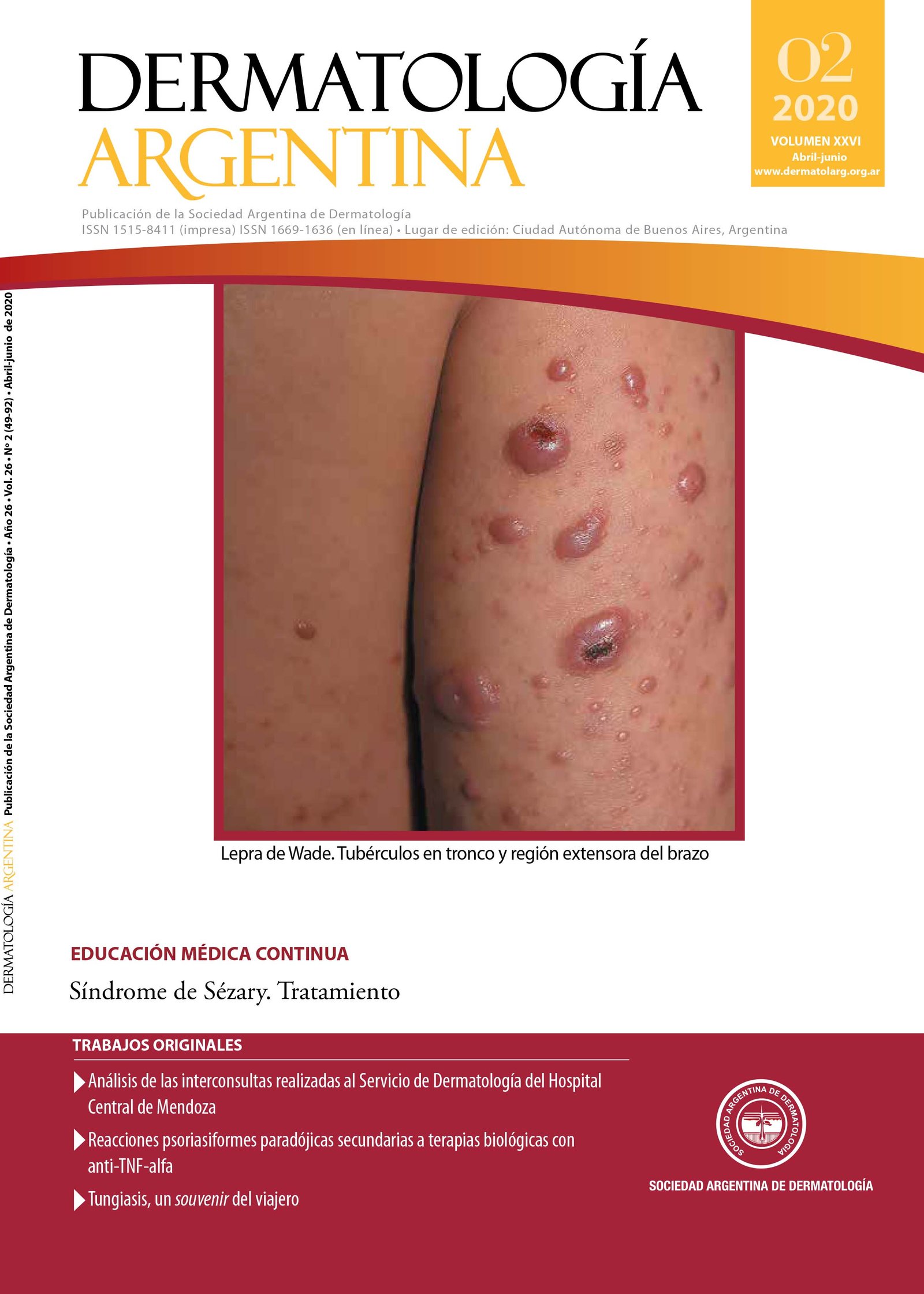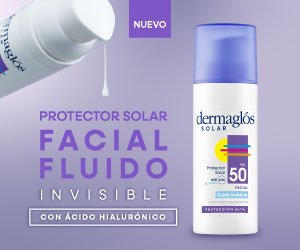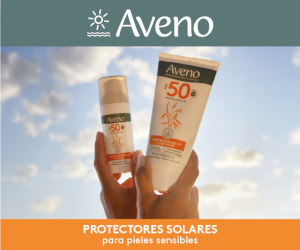Tungiasis, a traveler’s souvenir
DOI:
https://doi.org/10.47196/da.v26i2.2081Keywords:
Tunga penetrans, TungiasisAbstract
Tungiasis is an ectoparasitosis caused by the blood-sucking flea Tunga penetrans.
It is considered one of the most common dermatological diseases of travelers visiting tropical areas. The human being is an accidental host.
Exclusively affects the skin. The lesions are generally located on the feet andtheir clinical manifestations are polymorphic. The diagnosis is clinical and the treatment consists of the complete extraction of the parasite. In some cases it is necessary to add treatment with antibiotics, systemic dewormers and tetanus prophylaxis.
References
I. Fich F, Del Barrio-Díaz P, Kam S, Celle V, et ál. Tungiasis, una enfermedad tropical emergente en Chile: Comunicación de tres casos clínicos importados. Rev ChilInfectol 2013;30:676-679.
II. Verdi M, Benavente D, Gentile J, Omaña S, et ál. Tungiasis. Rev Argent Dermatol 2008;89:226-233.
III. Chinchilla-Castañeda K, Domínguez-Millán RA, Domínguez-Zambrano A, Mercadillo-Pérez P. Tungiasis. Dermatol Rev Mex2016;60:59-65.
IV. Pulido-Pérez A, Suárez-Fernández R. Tungiasis. Piel 2014;29:495-500.
V. Coates SJ, Thomas C, Chosidow O, Engelman D, et ál. Ectoparasites: Pediculosis and Tungiasis. J Am Acad Dermatol 2020; 82:551-569.
VI. Redero Cascón M, Hernando Real S. Tungiasis en paciente viajera procedente del trópico. Med Clin 2019;154:376-377.
VII. Kochubei A. La tungiasis. Dermatol Perú 2017;27:169-177.
VIII. Ganún Musri MT, Ciancio Malato R, Villa Rodríguez R, Filice Viale P. Tungiasis. Piel 2012; 27:555-557.
IX. Santos RP, Resende C, Duarte Mda L, Brito C. Tungiasis: a poorly-known diagnosis in Europe. Two paradigmatic cases from Portugal.Act Dermatovenerol Alp Pannonica Adriat 2017;26:115-117.
X. González A, De Villalobos C, Ranalletta MA, Coscarón M del C. Aspectos adaptativos y biológicos de Tunga penetrans (Linné 1758). Epidemiología en comunidades aborígenes del norte argentino. Arch Argent Dermatol 2004; 54:119-123.
XI. Sikka N, Siev A, Boyer R, Pourmand A. Tungiasis, a rare case of plantar inflammatory disease, a review of travelers skin lesions for emergency providers.Am JEmergMed 2019; 37:1215.e5-1215.e7.
XII. Boespflug A, Perier-Muzet M, Phan A,Dhaille F, et ál. Dermatoscopia de las lesiones cutáneas no neoplásicas. EMC-Dermatología 2018; 52:1-9.
XIII. Miller H, Rodríguez G. Tungiasis en población indígena del departamento de Vaupés: epidemiología, clínica, tratamiento y prevención. Biomédica 2010;30:215-237.
XIV. Miller H, Ocampo J, Ayala A, Trujillo J, et ál. Very severe tungiasis in Amerindians in the Amazon lowland of Colombia: A case series. PLoS Negl Trop Dis 2019;13:e0007068.
XV. Leiro V, Novac V, Olivares L, Maronna E. Tungiasis inusual: forma clínica ampollar. Dermatol Argent 2010;16:344-348.
XVI. Pampiglione S, Fioravanti ML, Gustinelli A, Onore G, et ál. Sand flea (Tungaspp.) infections in humans anddomestic animals: state of the art. Med Vet Entomol 2009;23:172-186.
Downloads
Published
Issue
Section
License
El/los autor/es tranfieren todos los derechos de autor del manuscrito arriba mencionado a Dermatología Argentina en el caso de que el trabajo sea publicado. El/los autor/es declaran que el artículo es original, que no infringe ningún derecho de propiedad intelectual u otros derechos de terceros, que no se encuentra bajo consideración de otra revista y que no ha sido previamente publicado.
Le solicitamos haga click aquí para imprimir, firmar y enviar por correo postal la transferencia de los derechos de autor













